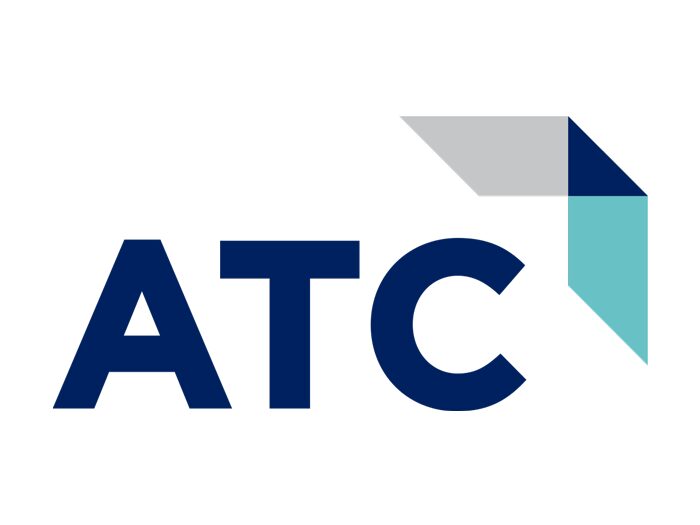
It’s no secret that cybersecurity has emerged as a paramount concern for businesses across the globe. As we navigate the complexities of 2024, several factors underscore why cybersecurity has become a top priority for businesses of all sizes and industries. From escalating cyber threats to regulatory changes and the critical dependence on cyber and digital operations, it’s important for IT leaders to understand the key reasons why cybersecurity for business will continue to be on center stage this year.
1. Escalating and Evolving Cyber Threats
The threat landscape has grown not only in scale but also in sophistication. Cybercriminals are becoming increasingly adept at exploiting vulnerabilities, launching targeted attacks, and even collaborating in underground networks. Ransomware attacks, data breaches, and supply chain compromises have become more potent and damaging. These threats not only endanger sensitive data but also disrupt operations, tarnish reputations, and lead to substantial financial losses.
As threat actors adapt and develop new tactics, businesses must remain vigilant and proactive in their defensive strategies. A robust cybersecurity strategy is essential for businesses and organizations to protect their digital assets, maintain customer trust, and comply with regulations.
Here are the fundamental components of a successful multi-layered cybersecurity strategy:
- Risk assessment: Understanding your organization’s risks is the foundation of a solid cybersecurity strategy. Conduct a thorough risk assessment to identify potential threats, vulnerabilities, and the potential impact on your organization. This will help you prioritize your efforts and allocate resources effectively.
- Security policies and procedures: Develop clear, comprehensive security policies and procedures that outline the roles and responsibilities of employees. Demonstrate the acceptable use of technology and the steps to take in case of a security incident. Regularly review and update these policies to reflect changes in technology and the threat landscape.
- Network and endpoint security: Implement strong network and endpoint security measures, including firewalls, intrusion detection and prevention systems, anti-malware software and secure Wi-Fi access. Regularly update and patch software to address known vulnerabilities. Consider outsourcing components of this with a Managed Detection and Response (MDR) service/solution.
- Access controls: Establish strict access controls to limit access to sensitive data and systems. Implement role-based access controls, multi-factor authentication (MFA), and regular audits of user privileges to minimize the risk of unauthorized access.
- Data encryption: Encrypt sensitive data at rest and in transit to protect it from unauthorized access and potential breaches. Encryption adds another layer of security, making it more difficult for unlawful parties and attackers to access sensitive information.
- Incident response plan: Develop a well-defined incident response plan that outlines your organization’s steps in case of a security breach. This plan should include clear communication protocols, roles and responsibilities, and guidelines for remediation and recovery.
- Third-party risk management: Assess the cybersecurity posture of your third-party vendors and partners, as they can introduce vulnerabilities to your organization’s security. Establish strict security requirements for third parties and regularly review their compliance.
2. Rapid Digital Transformation
The COVID-19 pandemic accelerated digital transformation across industries. Remote work, cloud adoption, and reliance on digital tools have become the norm. While these changes offer numerous benefits, they also widen the attack surface for cybercriminals. The swift adoption of technologies and the rush to enable remote access might have left security gaps that malicious actors are quick to exploit. Ensuring the security of these new digital landscapes requires dedicated measures and ongoing vigilance.
Dealing with cybersecurity can feel like a heavy lift. There’s no denying that every organization today faces a demanding and evolving threat landscape. The good news is there are experts ready to help you put a multi-layered security operation in place. Once you’ve reinforced your security posture you will feel so much better.


3. Heightened Regulatory Landscape:
Regulatory bodies worldwide are tightening their grip on data protection and cybersecurity. Regulations like the General Data Protection Regulation (GDPR) and the California Consumer Privacy Act (CCPA) have set stringent standards for data privacy and security. Noncompliance can result in severe penalties. In 2024, more regions and industries are likely to adopt similar regulations, making it imperative for businesses to maintain robust cybersecurity practices to avoid legal consequences and safeguard customer trust.
4. Supply Chain Vulnerabilities
Modern businesses often rely on intricate supply chains that stretch across the globe. While this interconnectedness brings efficiency, it also introduces vulnerabilities. Cybercriminals are increasingly targeting supply chains to infiltrate larger networks. A breach in one part of the supply chain can ripple through the entire network, impacting multiple businesses.
To maintain the integrity of their operations, organizations must ensure that cybersecurity for business is a priority not only within their own walls but also throughout their entire ecosystem.
5. Technological Innovation and AI in Attacks
The rise of artificial intelligence (AI) and machine learning (ML) has equipped hackers with tools that can automate attacks, identify vulnerabilities, and devise sophisticated phishing schemes. Technological advancements are a double-edged sword. While they enable progress and convenience, cybercriminals also exploit them for their benefit. To counter these AI-driven threats, businesses must harness the power of cybersecurity technologies that leverage AI for defense.
Due to the complexity of modern digital infrastructure, thousands of micro-decisions now need to be made daily to match an attacker’s spontaneous and erratic behavior. To stand a fighting chance at avoiding cyber disruption, business executives and IT leaders are recognizing that cybercrime tactics far exceed what can typically be defended by even large teams of human operators. This has led to a growing conversation around looking beyond simple automation and more toward autonomous systems that can independently assess a cyberattack and calculate the best possible action to take in any threat scenario.
ATC Understands the Importance of Cybersecurity for Business
Today, every business is vulnerable to attack. You can’t afford not to be protected. Not utilizing proven security solutions and services could be putting your organization at unnecessary risk. That’s why at ATC, we offer the expertise, solutions, and top-notch services you need to mitigate threats and risks swiftly and efficiently.
Contact us today for a better understanding of cybersecurity for business and why protecting your greatest assets from cyber threats is a top priority in 2024.










